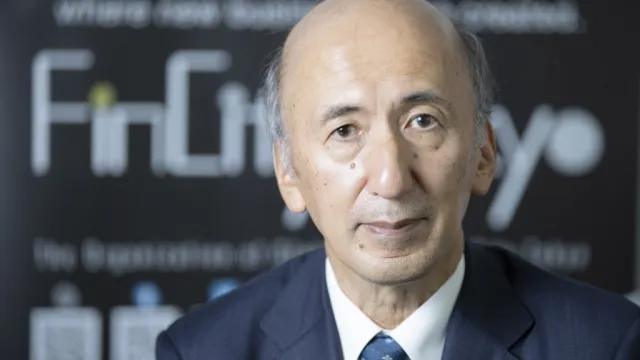
Only a fifth of Philippine rural and thrift banks ready to digitise
They still need to make heavy investment in foundational technologies.
Although big commercial lenders have been embracing digitisation to speed up their expansion plans, only 20% of the country’s rural and thrift banks have admitted to having sufficient capacity to digitise their systems and processes despite the massive opportunity presented by the tech-savvy population, according to a study by FINTQnologies Corp.
Also read: E-wallets to snap up 6% of Philippine payments by 2022
The overwhelming 80% of rural and thrift banks admitted to having “limited” or “minimal” capacity to operationalise their digital blueprints.
“The biggest barrier to their adoption is their willingness to invest in digital technologies,” FINTQnologies Corp. (FINTQ) managing director, Lito Villanueva, told local media.
Also read: Philippine rural banks remain flush with money despite back-to-back branch closures
Half (57%) of banks fall in the category of “digital laggards” with dismal scores of 40 and below in the commitment, awareness, readiness and adaptability (CARA) index. The survey notes that such banking types still need to make heavy investments in the most foundational technologies before they can undertake a full digital transformation.
Meanwhile, 24% are classified as “pack followers” or those with scores between 41 and 60 as they still need to take advantage of big data technologies to improve bank policies and customer experience.
The minority or 18% of rural and thrift banks are classified as “path breakers” with scores of 61 and above as these lenders are the ones actively investing in improving their technological capabilities. “With the right support, path breakers could delve into the core functions of DX, such as omnichannel delivery or open banking,” added Villanueva.
Rural banks play a major role in providing financial services to far-flung communities, farmers and small businesses that cannot be served by big commecial players.
Also read: Over three fourths of the Philippine population is unbanked
The country's tech-savvy millennial population could significantly accelerate the banking sector's digitalisation efforts as a World Bank report notes that the share of Filipino adults who paid bills or bought products or services online hit 9.9% in 2017, whilst those who made or received digital payments in 2017 surged to 25.1% over the same period.




![Lorem Ipsum [ABF 1]](https://cmg-qa.s3.ap-southeast-1.amazonaws.com/s3fs-public/styles/exclusive_featured_article/public/2025-03/a_hand_pointing_to_a_futuristic_technology_5b87c9d0e3_1.png.webp?itok=2w0y1WhS)


![Cross Domain [Manu + SBR + ABF + ABR + FMCG + HBR + ]](https://cmg-qa.s3.ap-southeast-1.amazonaws.com/s3fs-public/styles/exclusive_featured_article/public/2025-01/earth-3537401_1920_4.jpg.webp?itok=WaRpTJwE)







 Advertise
Advertise

